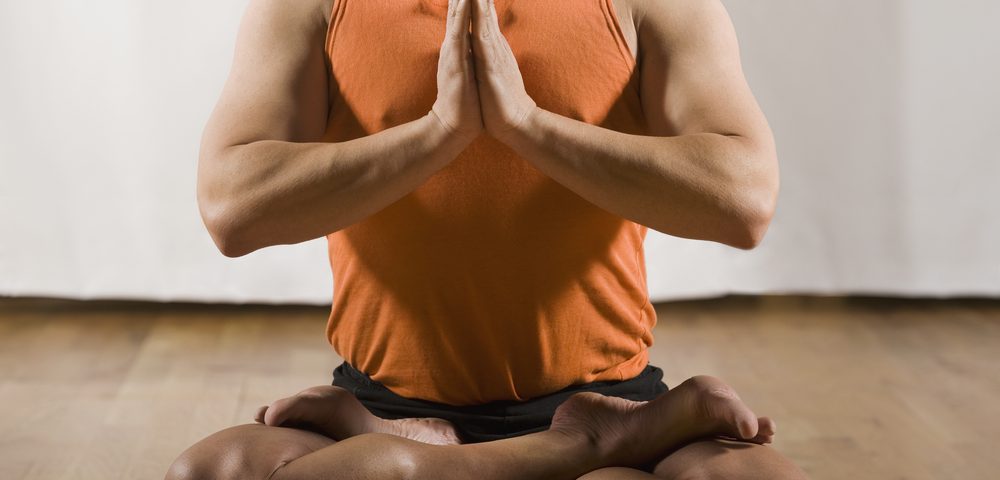Practicing yoga twice a week improved fatigue, sexual, and urinary function in prostate cancer patients undergoing cancer radiation treatment, according to the first clinical trial assessing how yoga might benefit these patients.
The study “Impact of Eischens Yoga During Radiation Therapy on Prostate Cancer Patient Symptoms and Quality of Life: A Randomized Phase II Trial” was published in the International Journal of Radiation Oncology, Biology, and Physics.
The clinical trial, led by researchers at the Perelman School of Medicine at the University of Pennsylvania, enrolled prostate cancer patients who had undergone between six and nine weeks of external beam radiation therapy.
Patients were divided into two groups: A group of patients who practiced yoga twice a week, and a control group. Excluded from the study were all patients with a previous history of yoga practice, as well as patients who previously had undergone radiation therapy, or patients with metastatic disease.
The yoga sessions lasted 75 minutes, with patients performing breathing and centering exercises. The classes finished with a common yoga position, called Savasana, a pose of total relaxation. The sessions were personalized according patients’ needs and restrictions.
Researchers evaluated several parameters in patients performing the yoga sessions and controls, with the first being the level of fatigue. Patients received a nine-item questionnaire to evaluate fatigue and other quality-of-life parameters at different time intervals: Two and three weeks before the start of radiotherapy, twice a week while receiving radiotherapy, and finally when patients were approaching their last yoga class or radiation treatment, depending on the group.
“At their baseline, before patients started treatment, patients in both groups were on the lower end of the scale, meaning they reported lower amounts of fatigue,” said the study’s lead author, Neha Vapiwala, MD, in a press release. Vapiwala is an associate professor of radiation oncology at the university. “But as treatment went on, we observed a difference in the two groups,” said Vapiwala.
What the team observed was that while patients practicing yoga reported no increments in their fatigue level over time, those patients not practicing it reported the opposite. In these patients, fatigue increased in parallel with the number of radiation therapy sessions.
“Levels of patient-reported fatigue are expected to increase by around the fourth or fifth week of a typical treatment course, but that did not happen in the yoga group,” Vapiwala said. “Both the severity of the fatigue as well as the patients’ ability to go about their normal lives appeared to be positively impacted in the yoga group.”
Sexual dysfunction is an important side effect experienced by radiation therapy patients during treatment, affecting up to 85% of patients. Scientists evaluated patients’ sexual function with the International Index of Erectile Function (IIEF) questionnaire, with a score range of 0-25. Erectile dysfunction is identified when scores are below 12, while normal sexual function is denoted by scores greater than 21.
Both groups reported a baseline score of 11. While the yoga group’s score remained practically the same as in the baseline, the non-yoga group score fell throughout the course of treatment.
“Yoga is known to strengthen pelvic floor muscles, which is one of several postulated theories that may explain why this group did not demonstrate declining scores, as seen in the control group,” Vapiwala said. “That may also explain the yoga patients’ improved urinary function scores, another finding of this trial.”
Additional parameters evaluated included urinary function, as well as emotional and physical well-being, with the group of patients practicing yoga always reporting better outcomes relative to the non-yoga group.

